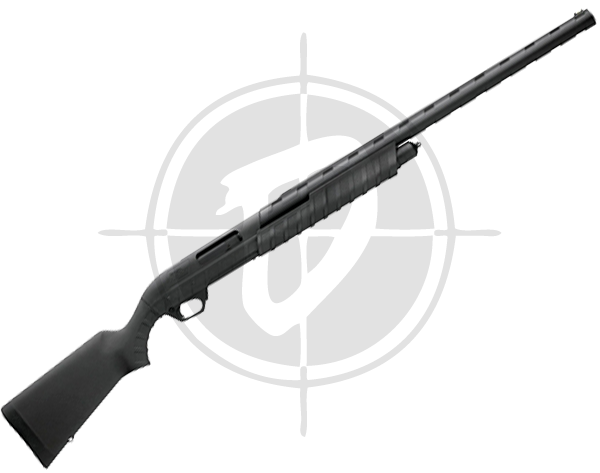


The 887 I received was the Tactical version, chambered for 2¾-, 3- and 3½-inch shells. Ejected shell is visible, and cloud of dust rising from the backstop from 3-inch slug loads. Shooters of a certain age will remember Remington used polymer construction in its firearms with the Nylon 66 rimfire rifle that was introduced in 1959. This is not Remington’s first attempt at polymer firearms. I talked to one of the gun’s former project developers, who no longer works for the company, and he told me he personally tested the 887 in real-world conditions from Alaska to South America, and it stood up to everything. Remington engineers have subjected the coating to over 10,000 rounds of constant firing in all weather conditions and feel the coating is not only impervious to the elements but also can withstand the rigors of extremely hard use without separating from the steel underneath. Shooters might worry that the coating can separate from the gun. This is a fairly thick coating and is the reason Remington can claim the shotgun is virtually impervious to the elements and much more resistant to the dings and scratches of hard use. The thickness of the coating applied is about. Starting with the stamped and welded receiver, the ArmorLokt finish, which is actually nylon- and glass-filled polymer, is applied to the exterior surfaces of the receiver and barrel in an injection-molding process.


 0 kommentar(er)
0 kommentar(er)
